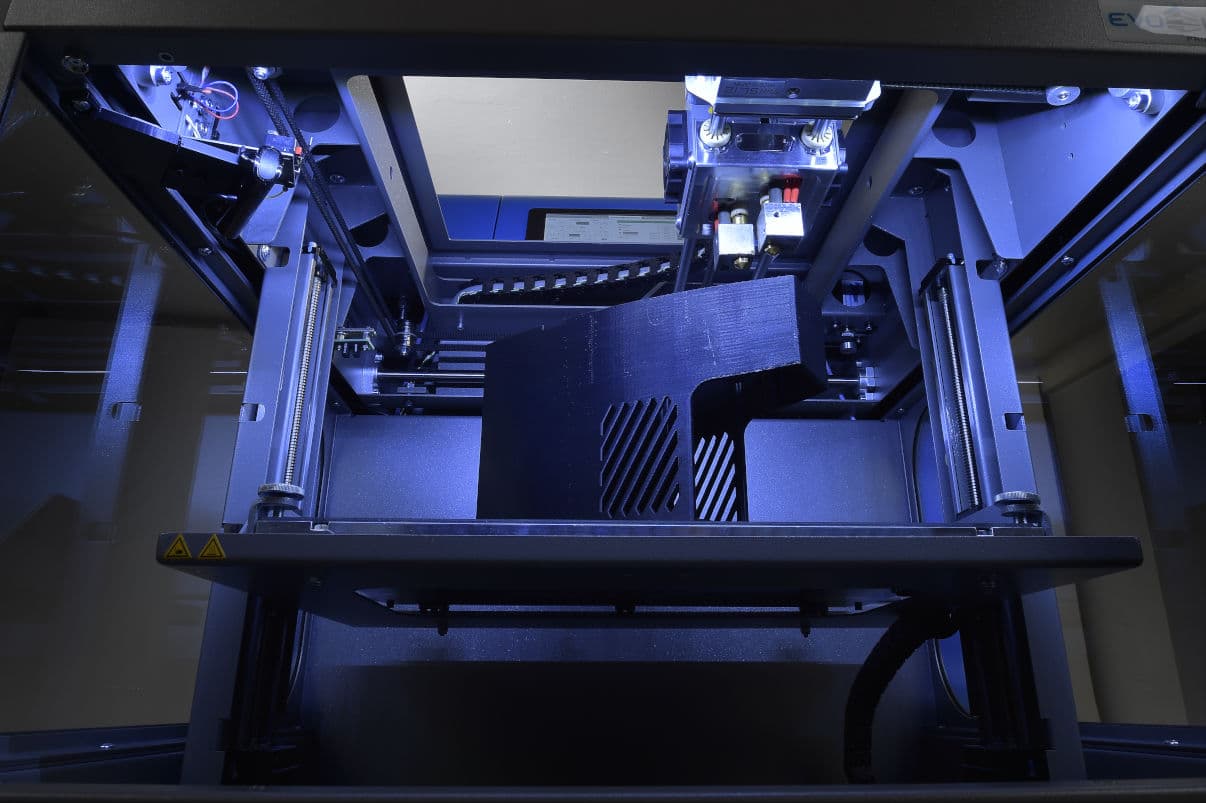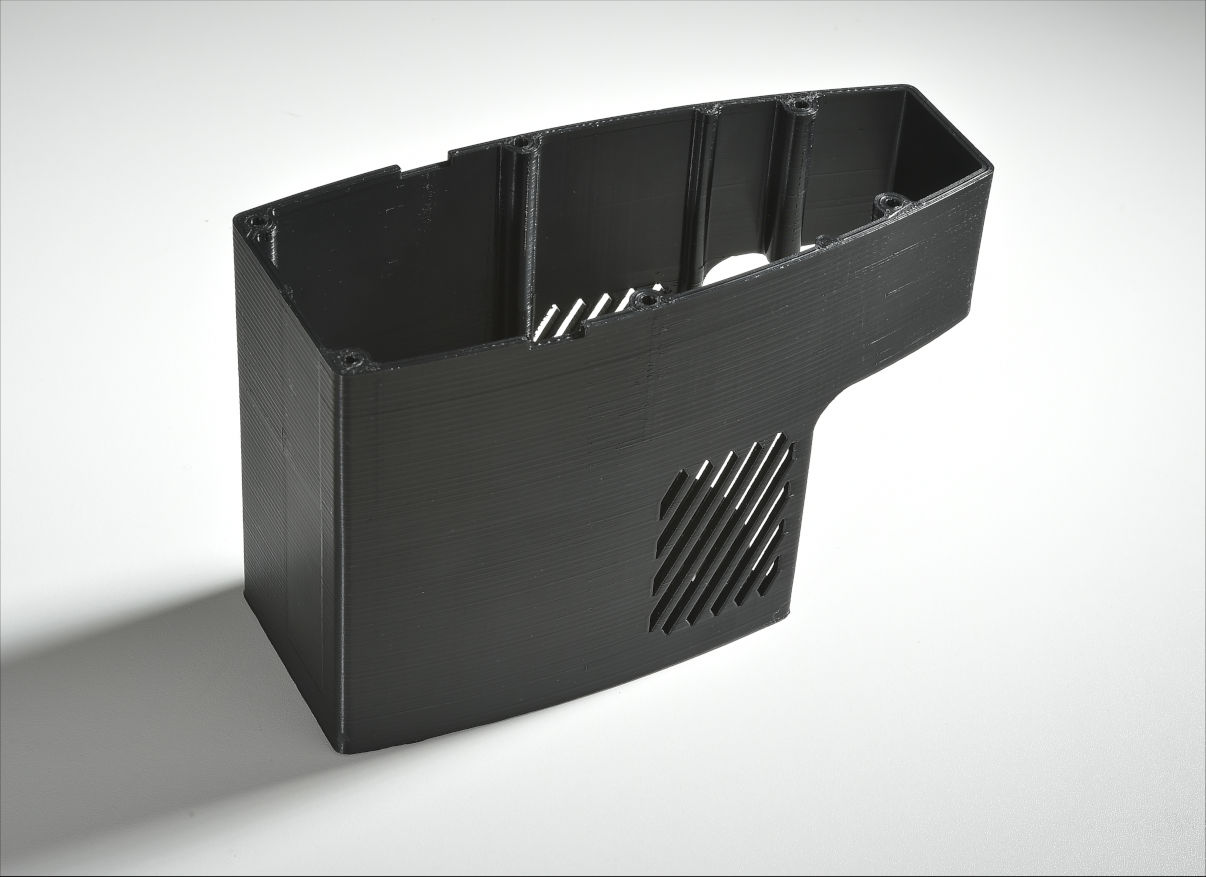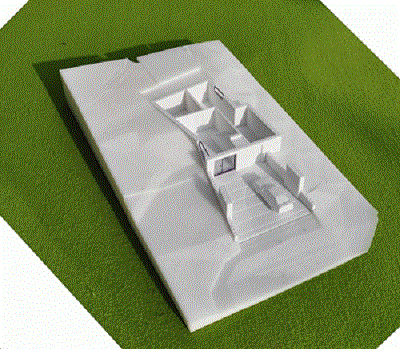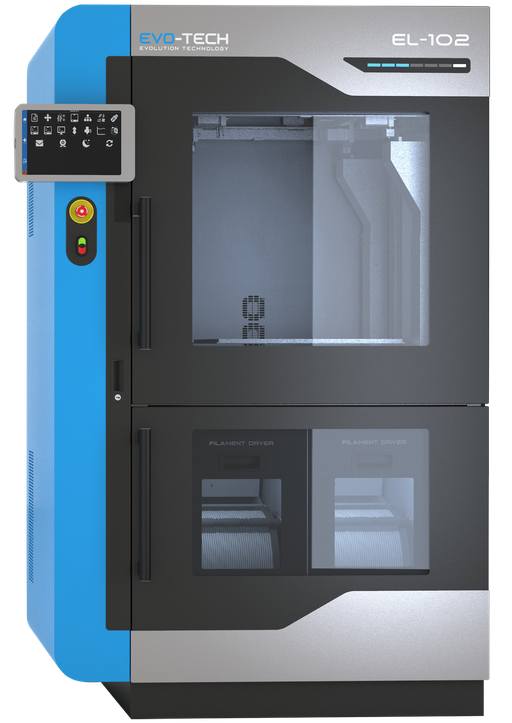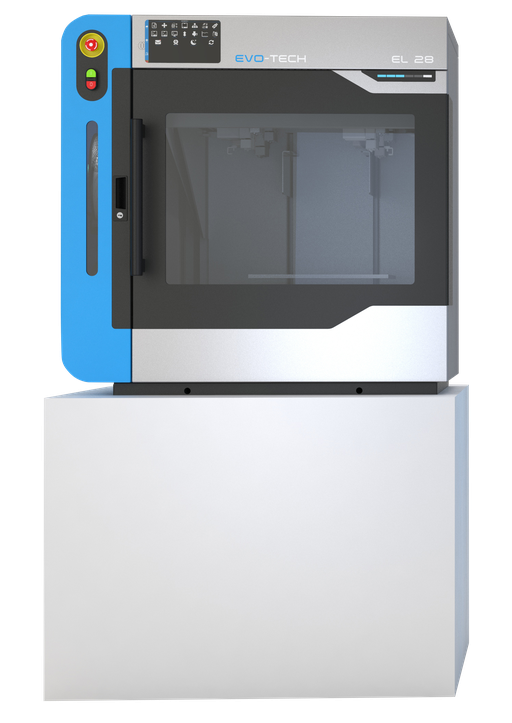Rapid prototyping (RP) describes various processes for the rapid production of prototypes. “Fast model making” enables physical models to be produced in just a short time. The models are based on three-dimensional CAD (Computer Aided Design) data. Rapid prototyping is used in a wide variety of industries. Either to accelerate the product development process, to test preliminary results or to visualize initial ideas. Rapid prototyping also offers more security for the transition to series production.
There are several methods for rapid prototyping. 3D printing enables the fastest and cheapest prototype production. This is an additive manufacturing technology. The component is manufactured by applying the material in layers. The basis for prototype production is CAD (Computer Aided Design) or 3D programming software. The data is read out by the 3D printer and transferred to the component. Layers of liquid powder or sheet material are superimposed and the model is built up layer by layer. The layers are automatically connected to one another and the prototype is created. This fast process leads to enormous cost and time savings in the entire manufacturing process. So prototypes are quickly available. Time can vary depending on the size and number of models, but prototypes can usually be made in just a few hours. With the help of this process, not only prototypes can be produced, in certain industries components for series production or spare parts are also manufactured.
With selective laser sintering, the models are produced with the help of a laser beam. Various plastic-like powdery materials such as alumides or polyamides are fused together.
In this rapid prototyping process, the workpiece is lowered into a liquid photopolymer. Then a laser moves step by step over the starting material until the desired shape is achieved. SLA is an extremely precise process with which smooth surfaces can be produced.
This rapid prototyping process is a melt layering process. Here the object is made in layers from a meltable plastic. Most of the time, ABS plastic is used, which is very durable and robust.
Selective laser melting is a rapid prototyping process that is used for the production of metal parts. The components are again built up using a layering process.
With 3D printing, the model is made from a plaster-like powder and applied view by view. The layers adhere to one another and fuse together with a binder. 3D printing is a very inexpensive and particularly fast process.
A design prototype is made so that aesthetic and ergonomic features can be tested for the time being.
The prototype is used to illustrate an idea or a specific concept.
A functional prototype already has the most important functional properties that the later end product should also have. Mechanical, electrical, acoustic or thermal functions can be tested and checked using the functional prototype.
This type of prototype is a dimensionally accurate model that is used for initial assembly and use tests. This is used to test and control the accuracy of fit and the tolerances.
3D printer EL-102
Enables the simultaneous printing of several components and the processing of large amounts of material up to a size of 500 x 400 x 510 mm (W x D x H).
3D printer EL-28
Allows the creation of components up to 270 x 200 x 210mm (W x D x H) with extremely low operating costs and an open system for filaments.
